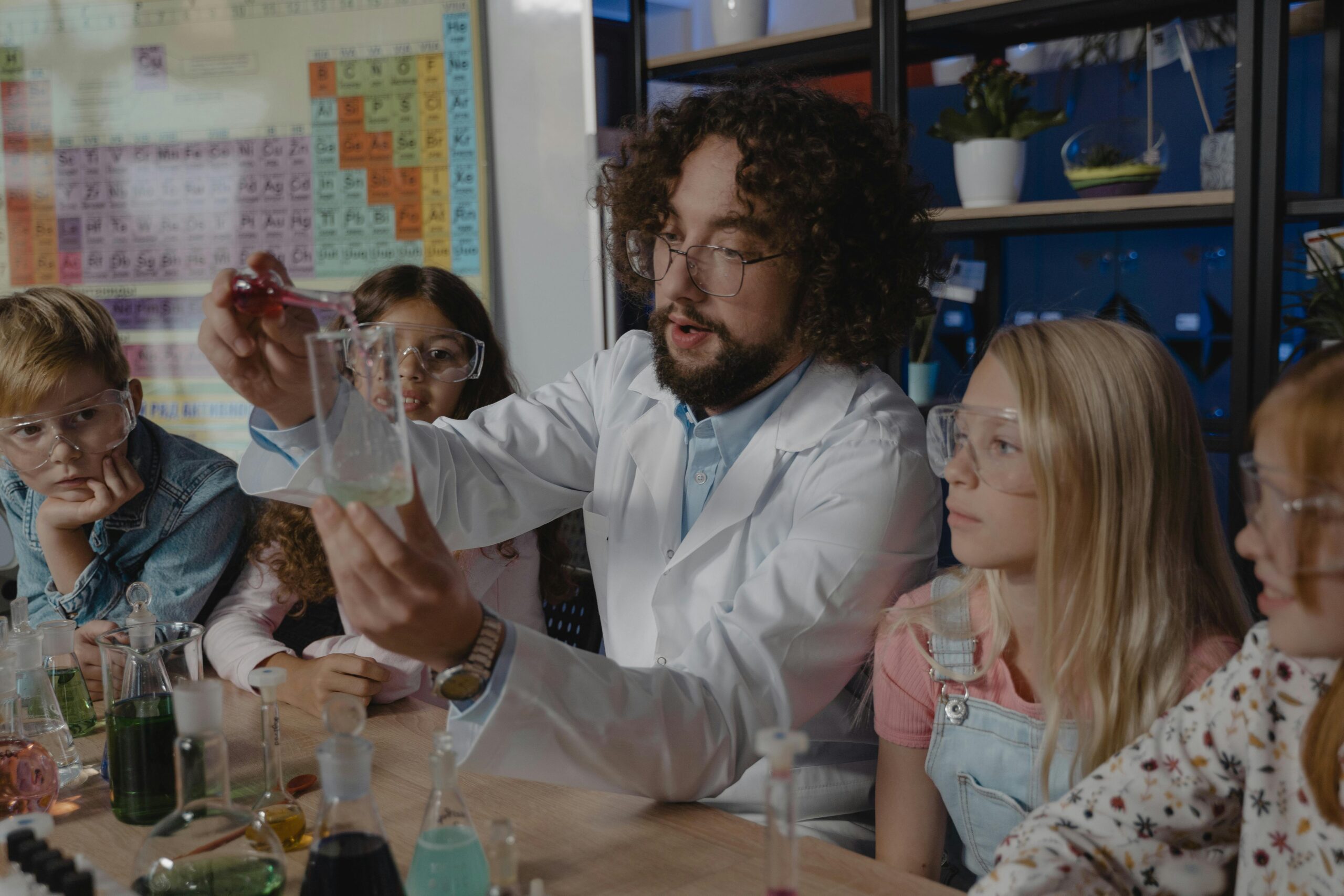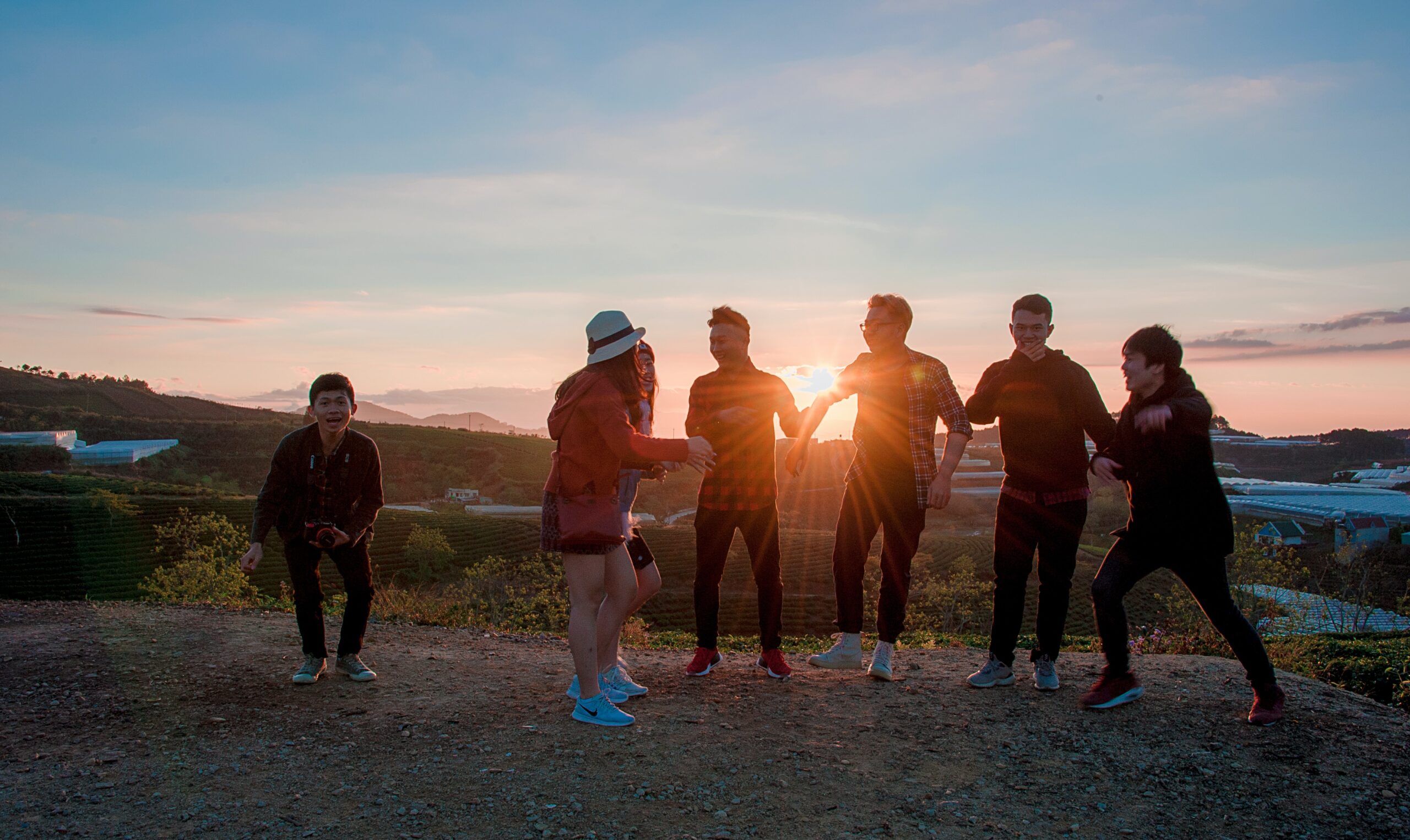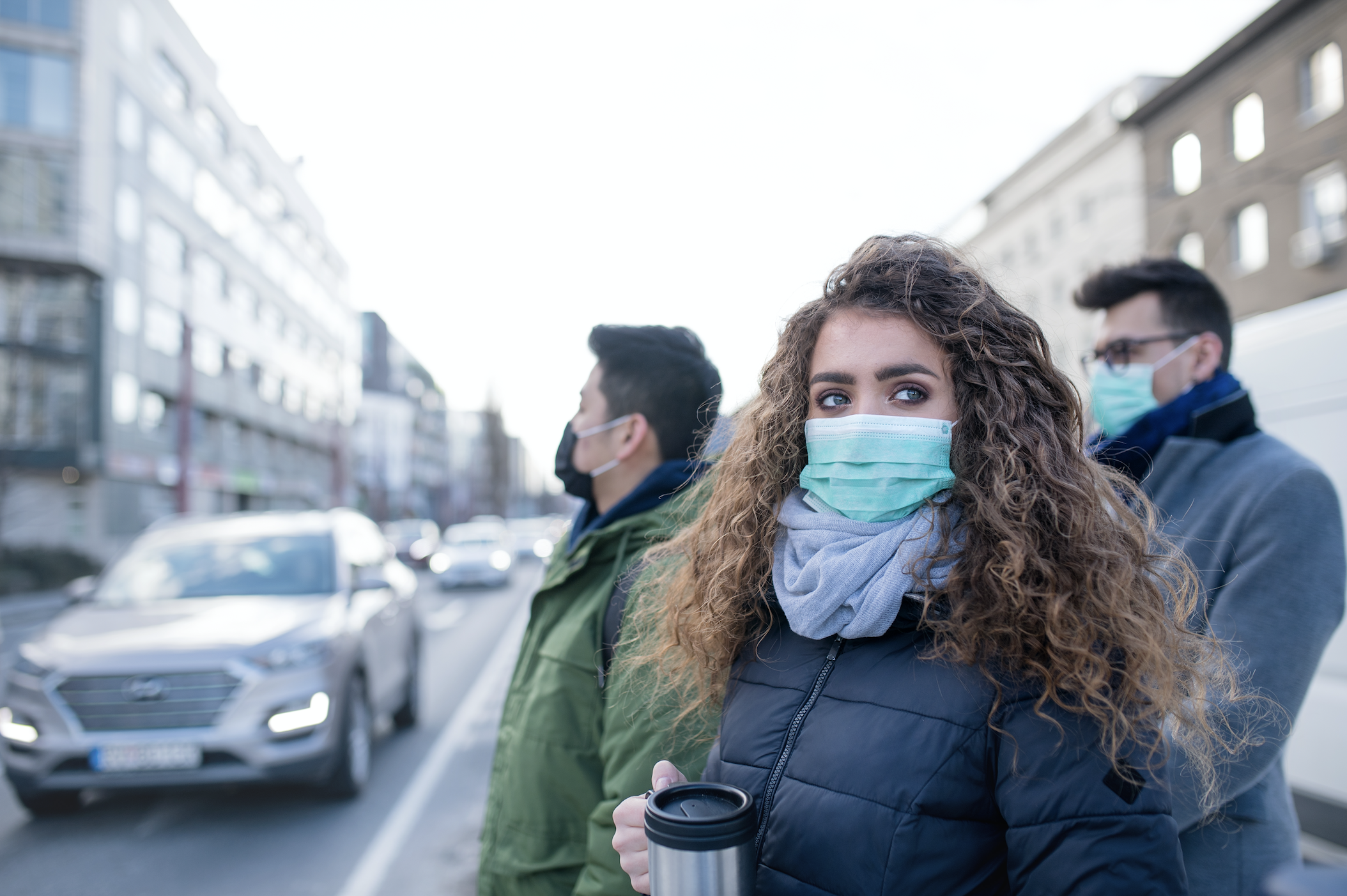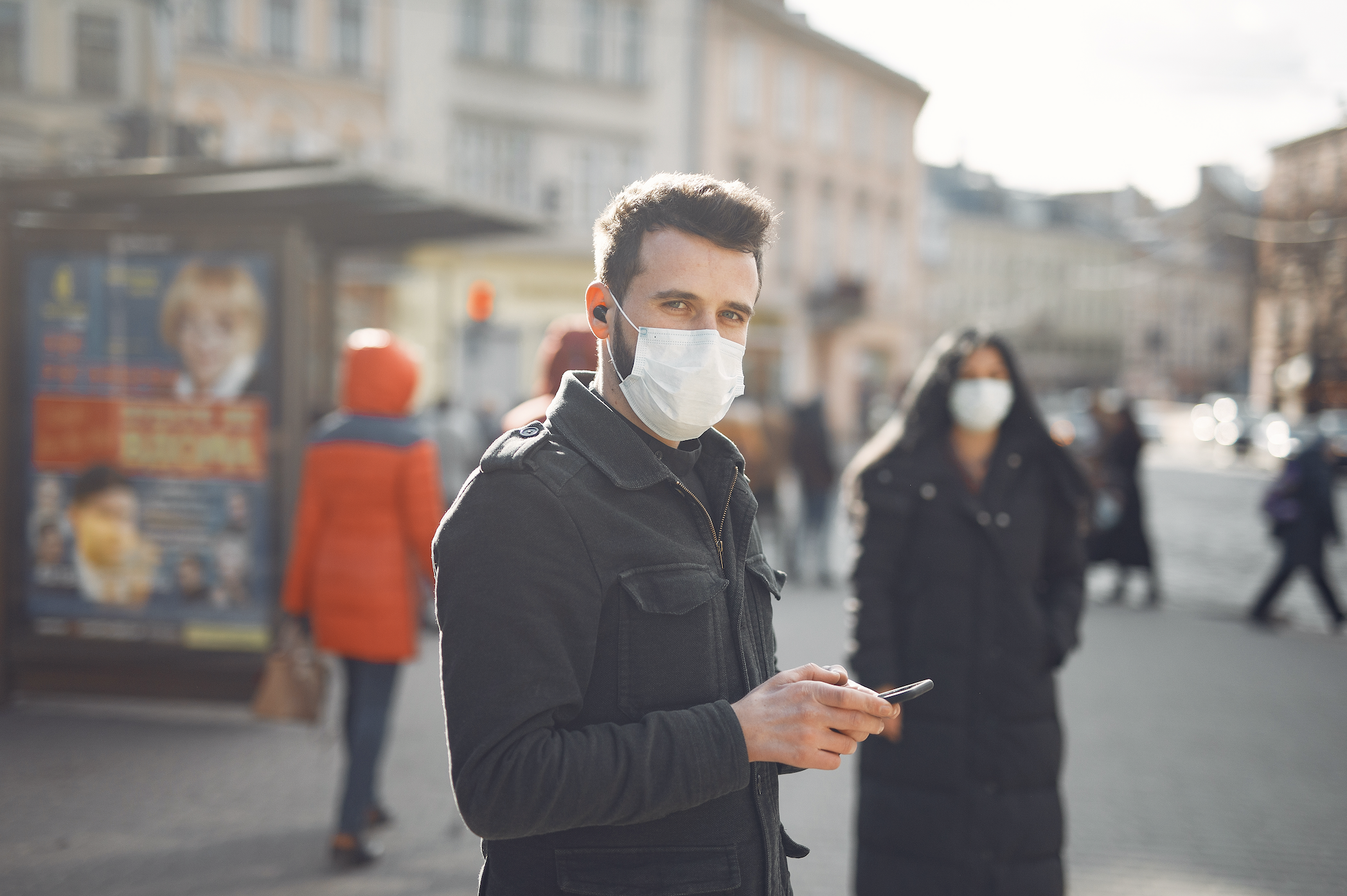
What’s Wrong with Social Distancing?
It was five weeks ago when we began to hear the term, “social distancing.” It wasn’t invented then; people have practiced it for centuries during outbreaks. But this was our own version in 2020. We heard that staying beyond six feet from one another would prevent us from vulnerability to the coronavirus.
Sadly, I have witnessed a pitiful misinterpretation of this practice.
In the few weeks we’ve been shut-in, human gestures such as offering a handshake or petting a neighbor’s dog have become no-nos. In reaction to the new rules, some people haven’t known how to avoid human contact without being awkward or even rude. Some people look the other way when they see someone. I’ve seen people frown at others at a grocery store out of self-protection: Don’t come near me. Still, others keep conversations to a minimum, as if more words make them more vulnerable to infection. It’s the awkwardness of our new social contract, but too many are feeling alone, isolated, and even depressed by it all. So, what’s my advice?
Yes, we should practice physical distancing. But not social distancing.
We need to be social. Humans are social creatures. We’re hardwired to need each other and, according to research, fare much better when collaborating and associating with one another. It’s good for our mental health; it’s helpful for our happiness. And while recent trends point toward people dining, traveling, and living alone more today than 50 years ago, our mental health has also declined since then too. Could there be some correlation?
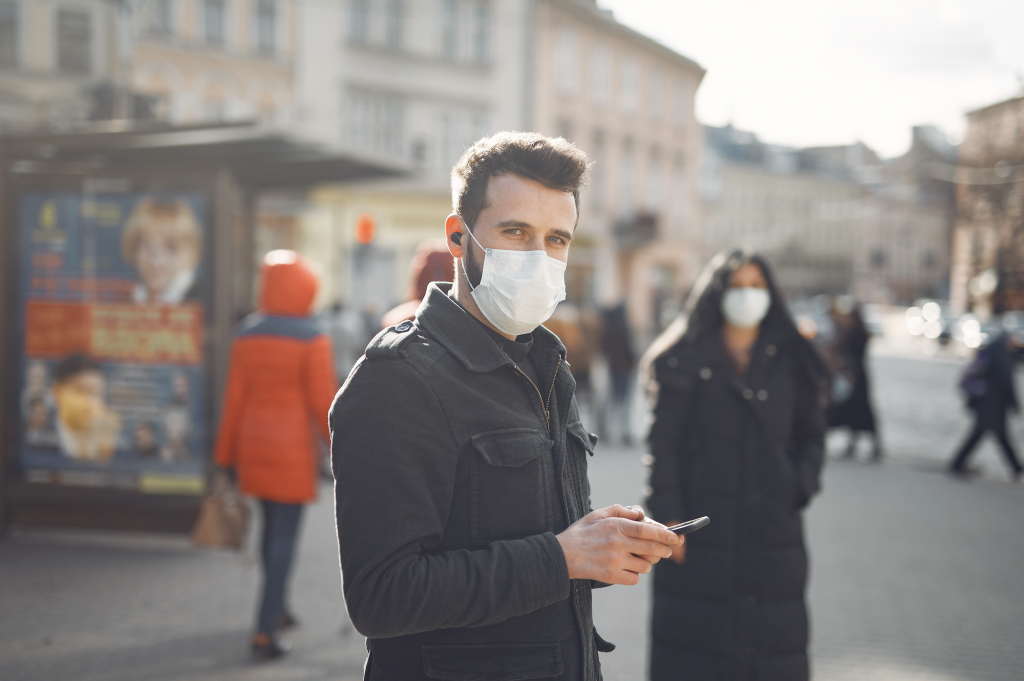
Six Simple Ideas to Strike a Balance
Now that all ages have become infected, even Generation Z is heeding the warnings and hunkering down at home. What is the balance? While physically distancing, we must remember:
- Encouragement is the oxygen of the soul.
- Interaction is what polishes our character.
- Relationships are what give our lives meaning.
1. What you can’t do with a touch, do with your words.
Now that we don’t shake hands or hug each other, be sure to say how much you look forward to seeing people again or how you can’t wait to hang out or give them a hug. I tend to be a hugger, so I’ll offer a hug gesture in the air to provide the same effect.
2. Plan a few Google Hangouts a day.
Depending on whether you’re an introvert or extravert, you may want to plan a specific time to host a Google Hangout. Listen to what your soul needs, and schedule a time to just hangout with friends, host a virtual party or gathering, or even play card games.
3. Greet strangers, and show gratitude when you’re out with others.
If you’re at the grocery store or gas station and see a clerk, gratitude is the best way to demonstrate empathy and express common humanity. My son stocks the shelves at a store and one customer approached him and told him he’s an American hero.
4. Leave a big tip on your credit card if you order food delivery.
When my wife and I order food from Uber Eats or Grubhub, we want to show how much we appreciate the drivers by doing so with an extra big tip on our credit card. No one needs to be touching more cash at this time. It’s a gesture of human connection.
5. Make extra FaceTime or Zoom calls.
Because we need each other, we’ll have to work harder during this period of sheltering in place. I make several phone calls a day, and more than my quota of FaceTime and Zoom calls. (My friend Rob jokes he now has Irritable Zoom Syndrome). It helps to see faces.
6. Bow instead of shaking hands or hugging.
Can you guess one reason that may be why Italy has had so many COVID-19 infections and Japan had so few? Italians touch each other frequently and the Japanese bow to greet each other. For now, that may be a proper way to show honor and say hello without being awkward.
In any case, I love the stories I am hearing of the crowds that gather outside of hospitals, all six feet apart, to cheer on medical staff as they come and go.
I love the stories I’m hearing of schoolteachers who are driving through the neighborhoods of their students, waving to them from the car and yelling, “I miss you!”
I love the stories I’m hearing of students who are getting outside to take meals to shut-ins and other elderly people and giving them a virtual hug.
There is a New York doctor who understands this better than most. Dr. Ee T. Tay observed that many Bellevue Hospital patients were dying from COVID-19 and not getting to see loved ones as they passed. She felt she needed to do something. She made it her mission to round up as many tablets—Kindles and iPads—as she could so these dying patients could see and talk to family before they died. The idea caught on, as she had 650 tablets donated to make this happen. I love it when people realize we cannot stay socially distant.

